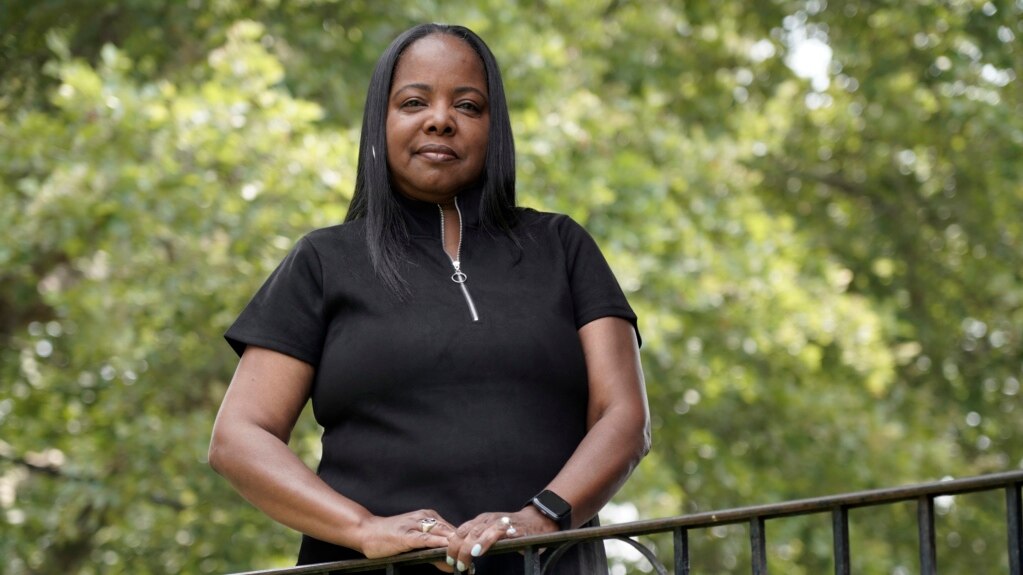States are reporting that teachers are leaving their jobs in growing numbers.
In some cases, retirement is highest among teachers from minority groups. One reason is stress from burnout during the COVID-19 pandemic. Another reason, teachers say, is low pay. And another reason teachers give is what they call the introduction of politics in the classroom. But the stress can be worse in schools serving poor communities that have a lot of minority teachers.
Rhonda Hicks is leaving her teaching job in Philadelphia, Pennsylvania. She said she loved teaching and loved her students. As a Black woman, she took pride in being a role model for minority children.
But growing demands from administrators over what and how to teach made it harder for her to work. When she retires, she will join a disproportionate number of Black and Hispanic teachers in her state who are quitting.
“I enjoy actually teaching, that part I’ve always enjoyed,” said 59-year-old Hicks. “But it’s the higher-ups: ‘Do it this way or don’t do it at all.’” That, she said, was stressful.
Philadelphia has one of the highest percentages of Blacks in any major U.S. city. But the number of Black teachers has been falling. Twenty years ago, about one-third of teachers were Black. Last fall, that percentage fell to below 23 percent.
The Associated Press reports that about 80 percent of American public school teachers are white. White students, however, are not a majority in public schools. Having teachers who are the race of their students is important, researchers say. The idea is that teachers can provide students with role models who share their culture and life experience.
Retirements could affect recent efforts to bring more Black and Hispanic teachers into public schools. New, inexperienced teachers are more likely to quit. Researchers say minority teachers often are affected disproportionately by layoffs.
Ed Fuller is an education professor at Pennsylvania State University. In a report, he wrote that Black teachers in Pennsylvania were over two times more likely to leave their jobs than white teachers after the 2021-22 school year. The numbers for Hispanic teachers were similar.
“They’re in more precarious teaching positions, meaning you’re in a position with less resources and worse working conditions, so you’re more likely to quit no matter who you are,” Fuller said.
States are reporting different rates of retirement for minority teachers. But Travis Bristol said minority retirement rates have been higher than rates for whites for 20 years. Bristol is an education professor at the University of California-Berkeley. He blamed federal policies from around 20 years ago that began leading to the closure of schools where students repeatedly had low test scores.
In poor schools with large populations of Black and Hispanic children, teachers say they have more responsibilities. They also say they have fewer resources and more children who are troubled by poverty and violence.
Chantle Simpson is a 36-year-old teacher in Texas who quit teaching after 11 years this spring.
She said other minority teachers are leaving because of growing expectations from administrators.
“They believe we can handle more,” Simpson said. “So, we get fitted with the children who are more challenging or have more requirements. It’s crazy.”
That leaves teachers who deal with difficult children less time for the rest of their students who behave better, Simpson said.
I’m Caty Weaver.

